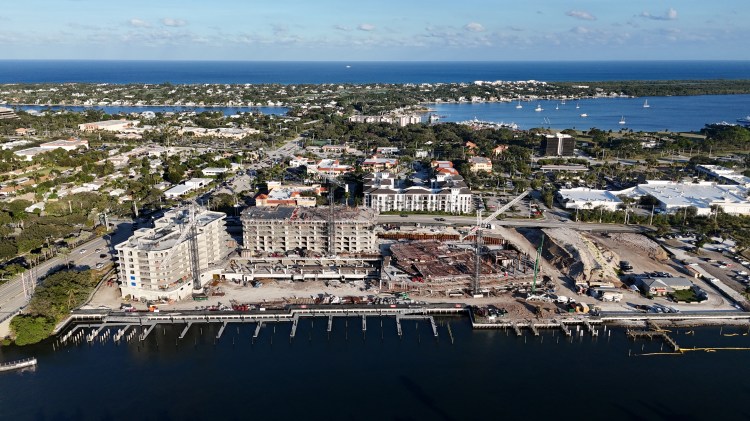Running aground can happen, even in perfect weather, using the latest navigation equipment, and consulting up-to-date local charts. Remember, not all submerged hazards or shallow waters are marked by a danger buoy. You can minimize your chances of running aground by adhering to the following:
• Keep a proper lookout; this includes watching for shoals and sandbars. Learn to recognize shoal water.
• Check weather and water conditions in advance, but know that most accidents occur on calm, clear days.
• Stay in a marked channel. Aids to navigation markers are buoys and beacons placed along coastal and navigable waters as guides to mark safe water and hidden dangers. Check your guide to the U.S. Aids to Navigation System, available online at www.uscgboating.org.
• Storms and waves can sometimes move buoys out of place, so be sure to also have, and use, up-to-date nautical charts for the areas in which you plan to operate.
• Check your fathometer (depth finder) and see if it agrees with depths on the charts. Set it to “Shallow-Alarm Alert.”
• Consult your navigation chart; consider a marine GPS to verify your position.
• Be alert to the tides.
• If operating in unfamiliar areas, ask for advice and information from local boaters and marina staff. Take it slow on the water. It gives you more time to orient yourself to your surroundings, and to react.
But If You Do Run Aground…
• Don’t panic. Check if anyone has been injured, and then check for damage to the hull, especially taking on water.
• Determine exactly what you’re aground on – sand, mud, rocks, coral, etc. – and where deeper water might be.
• Check the tide tables to determine the next high tide.
• Don’t attempt to back off without assessing the situation thoroughly. Accelerating in reverse could cause more damage and put you harder aground.
• Try to reduce draft by emptying water tanks, moving heavy gear into a dinghy, or having passengers go over the side to push the boat into deeper water.
• If you’re hard aground, set an anchor toward the wind and waves and as far from the boat as you can – using a dinghy, if you have one – to keep the boat from being pushed farther aground with the rising tide.
• If you’ve sustained serious damage or injuries, contact the U.S. Coast Guard and other boats in the area immediately over the VHS-FM Channel 16 of your marine radio. Depending on the urgency of your situation, make an emergency Mayday call.
• Stay put until help arrives. If necessary, activate your Emergency Position Indicating Radio Beacon (EPIRB), or other emergency signaling devices (flares), if you have them on board.
Even if you don’t need emergency assistance – no serious injuries, minimal damage, etc. – radio the Coast Guard or local marine patrol agency to let them know you’re aground, your position, and what your intentions are. Remember that the Coast Guard will not come to assist or tow unless you are in immediate danger, but they will contact a commercial tower or other individual on your behalf to provide assistance.






























